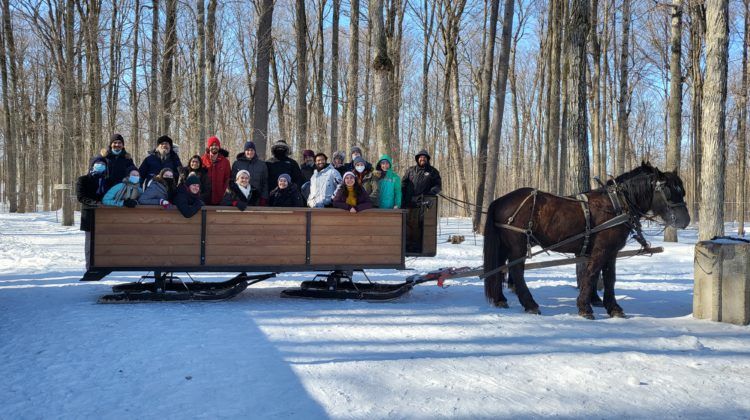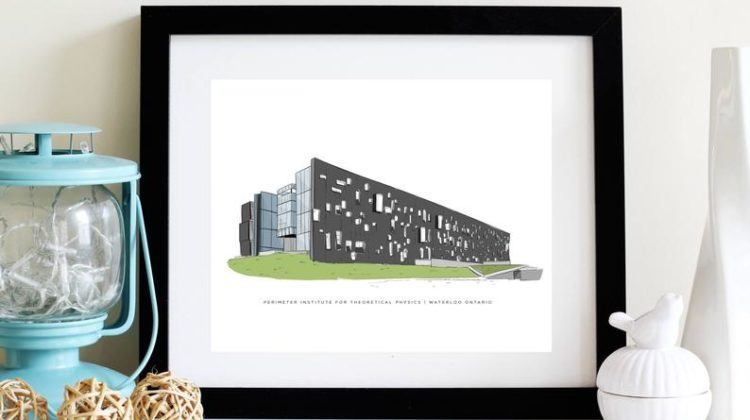Portrait gallery: Quantum scientists as drawn by artist Jayne Reich
When artist Jayne Reich accompanied her physicist husband to Perimeter Institute in the summer of 2016, she decided to embark on a singular project at the intersection of art and science.

At a program on quantum foundations anchored around the work of Yakir Aharonov, artist Jayne Reich set up an impromptu studio in Perimeter’s Reflecting Lounge. She invited all the scientists in attendance to sit for portraits, executed in chalk on black paper that mimicked chalkboards, the universal medium of creativity in theoretical physics. Each subject chose their own colour of chalk
As she drew, she drew her sitters out, discussing where they get their ideas, and each was invited to add a significant equation or signature to the piece. Here is a selection of the portraits.
Sir Anthony Leggett, Nobel Prize winner and Professor, University of Illinois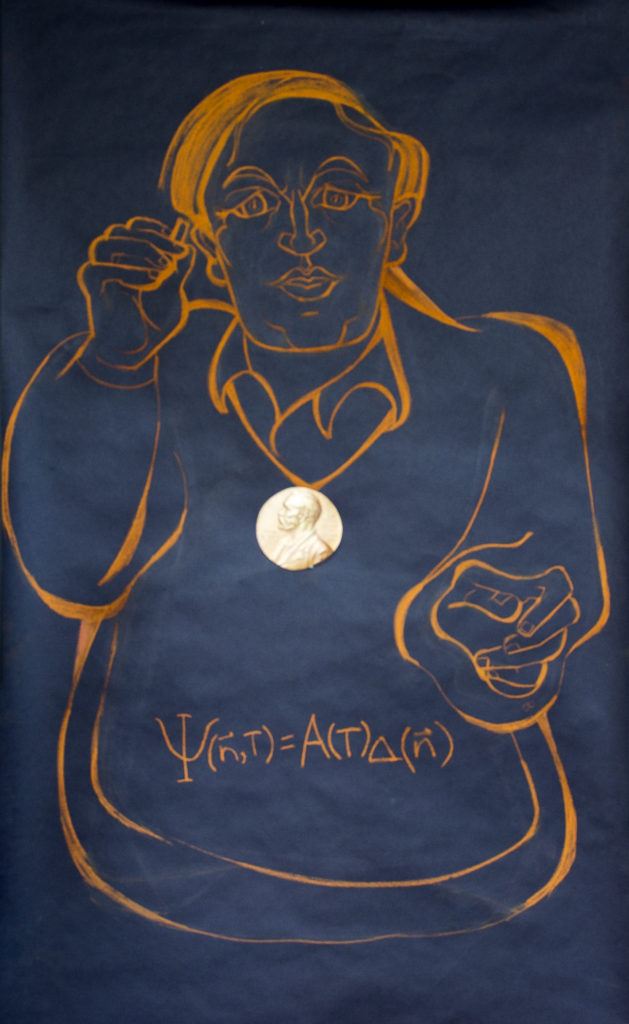
Lev Vaidman, Professor, Tel Aviv University

Bill Unruh, Professor, University of British Columbia
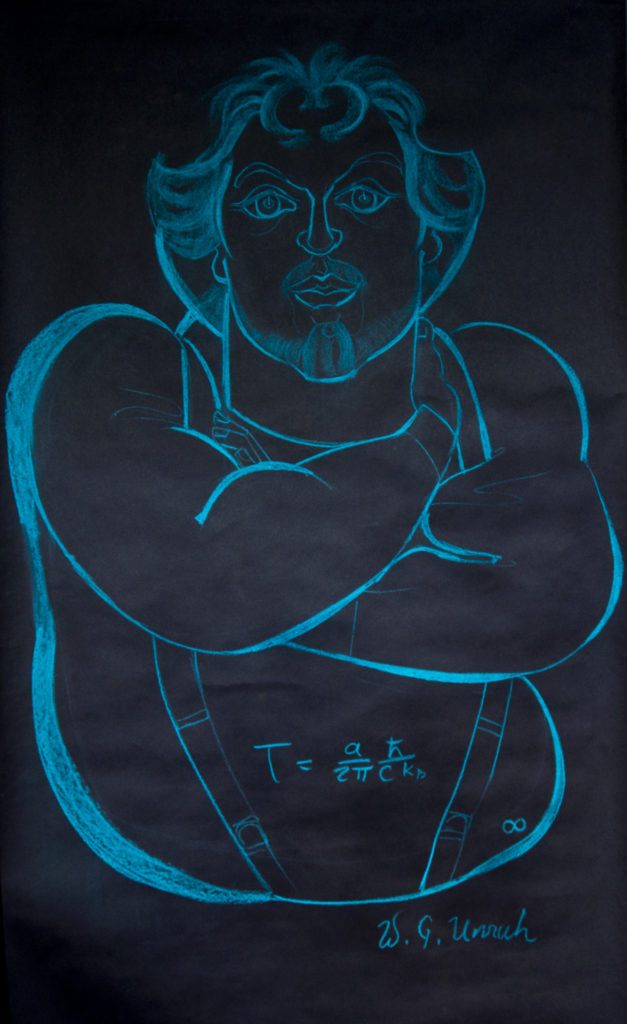
Neil Turok, Director, Perimeter Institute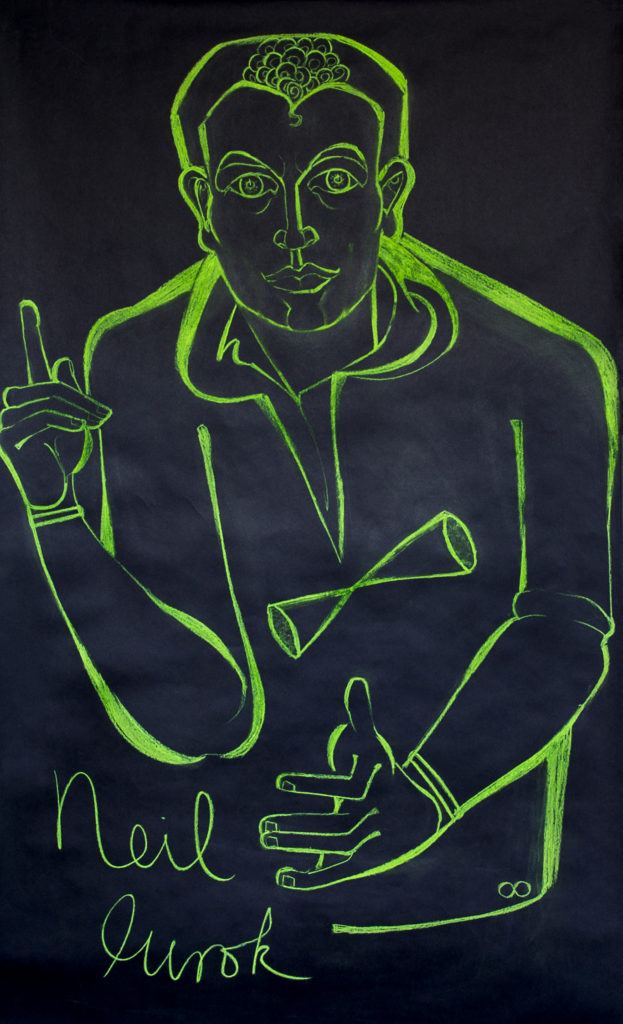
Jeff Tollaksen, Director, Institute of Quantum Studies, Chapman University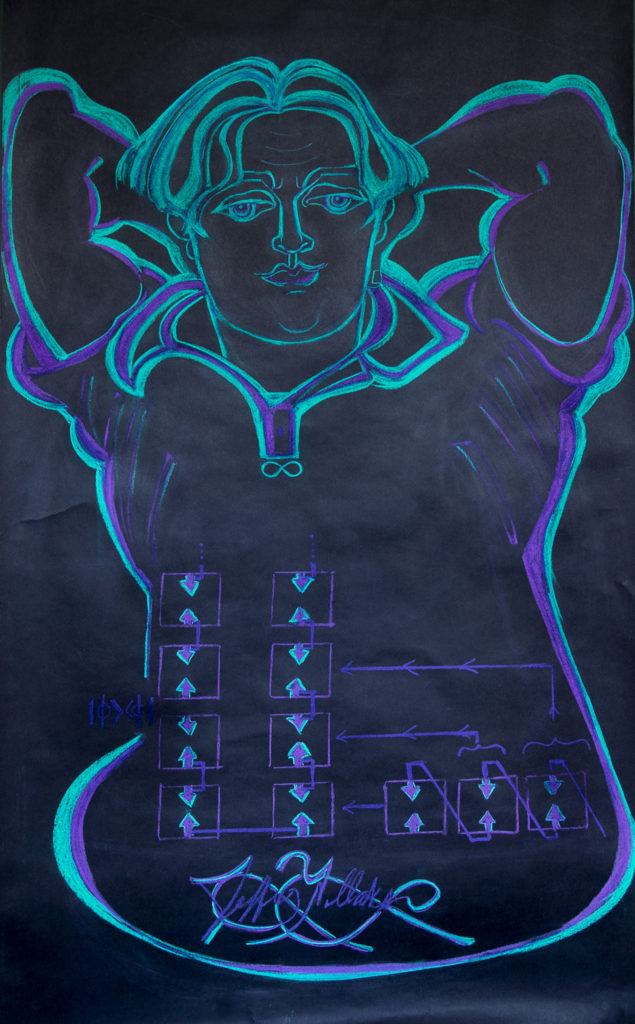
Taylor Patti, Chapman University
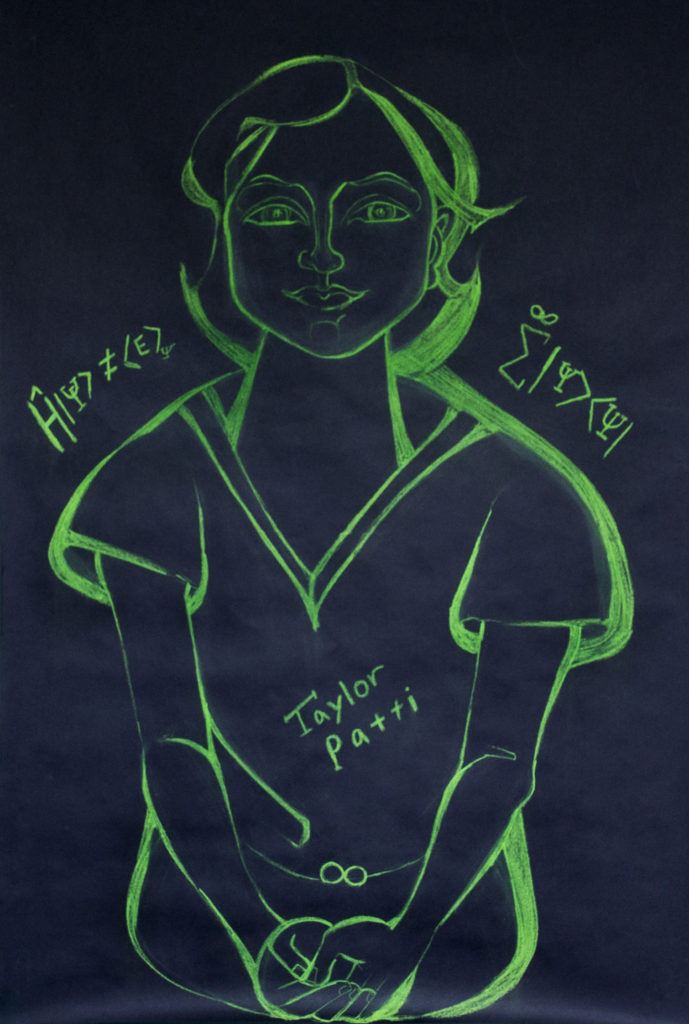
Sandu Popescu, Professor, University of Bristol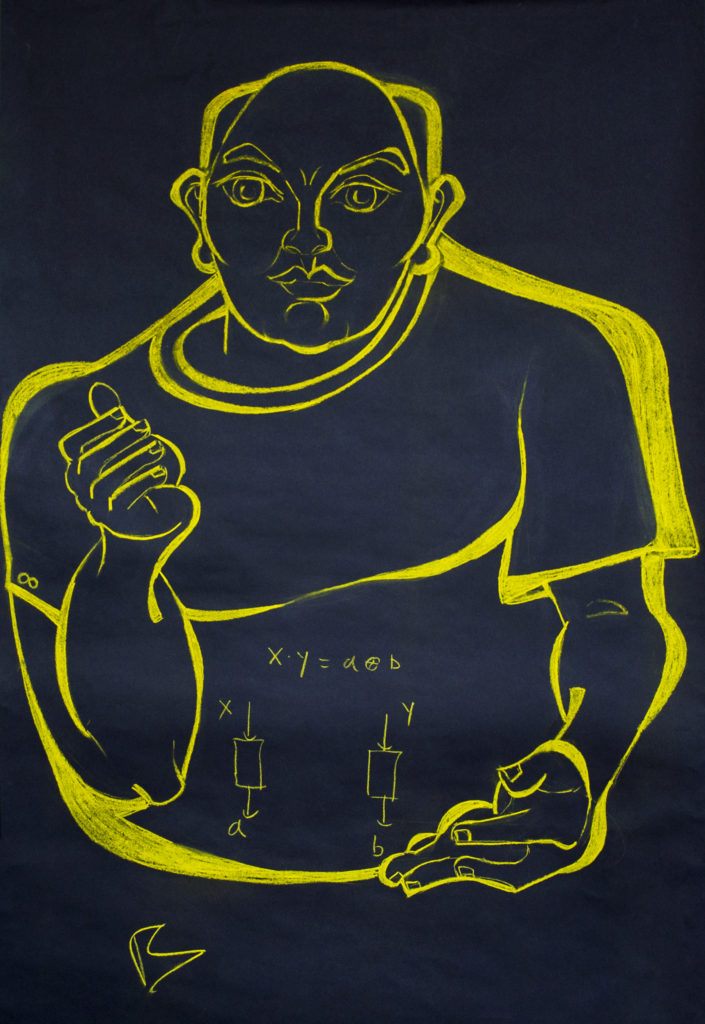
Carlo Rovelli, Professor, Universite de la Mediterranee – Centre de Physique Theorique de Luminy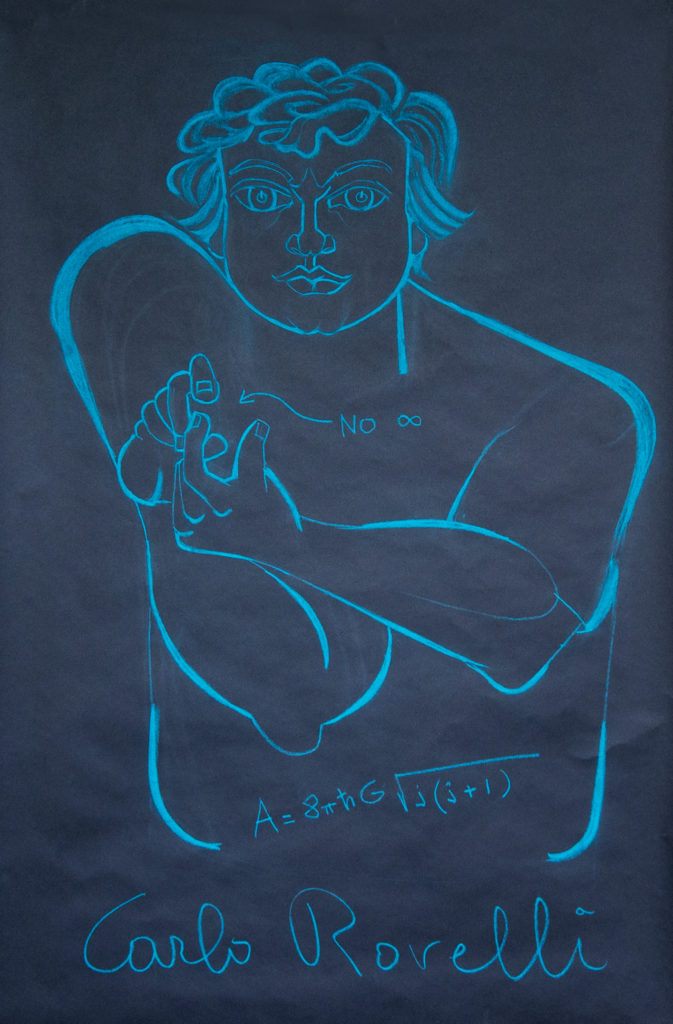
Ismael Paiva, Chapman University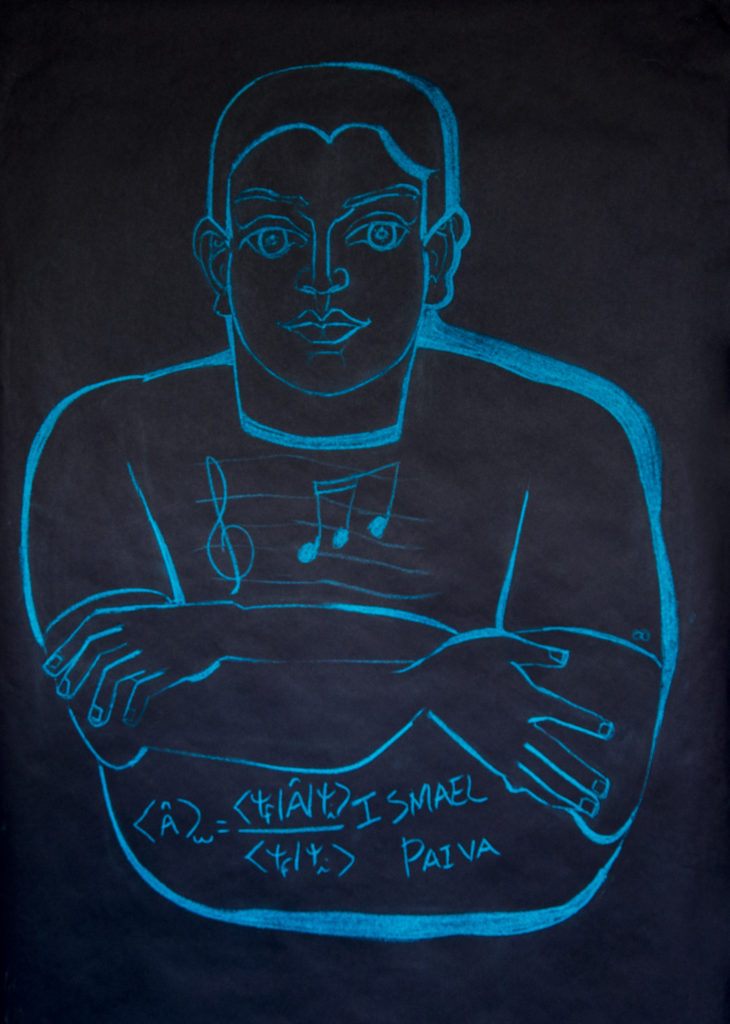
Clair Dai, mathematics student, University of Waterloo
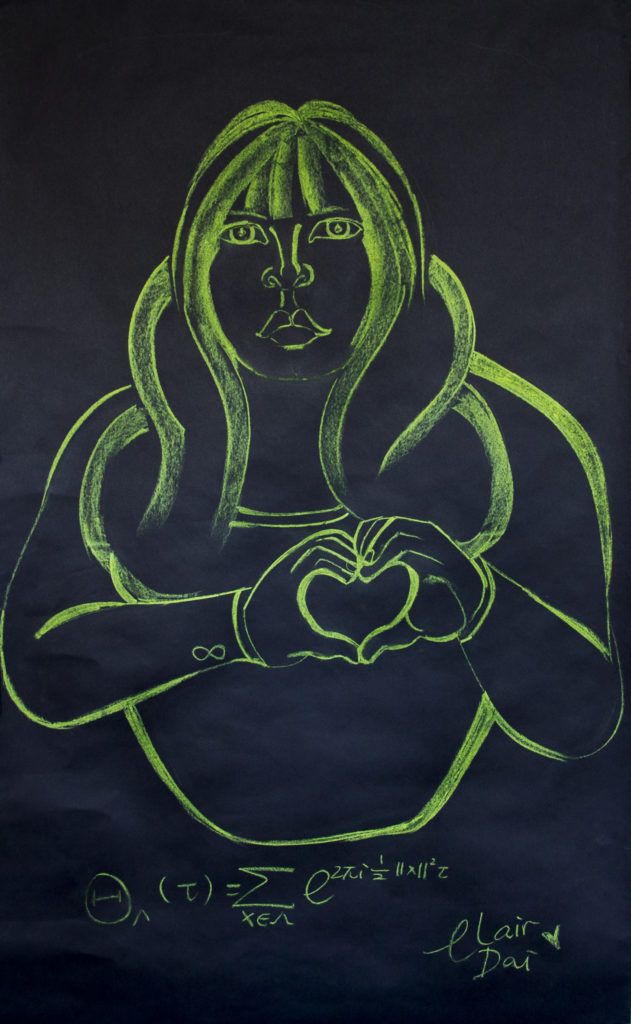
Lucien Hardy, Faculty member, Perimeter Institute
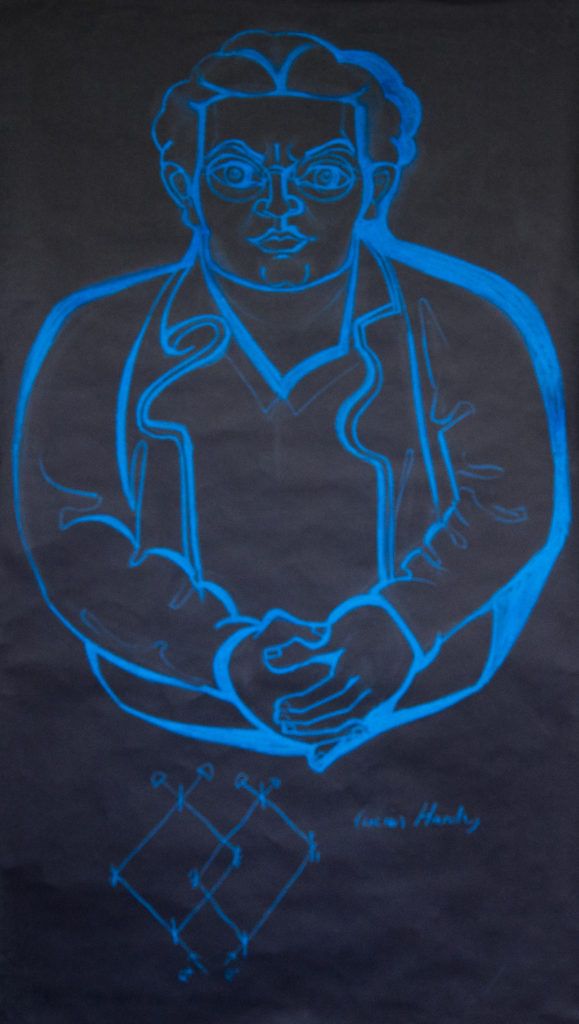
Yutaka Shikano, Visiting Assistant Professor at Institute for Quantum Studies, Chapman University
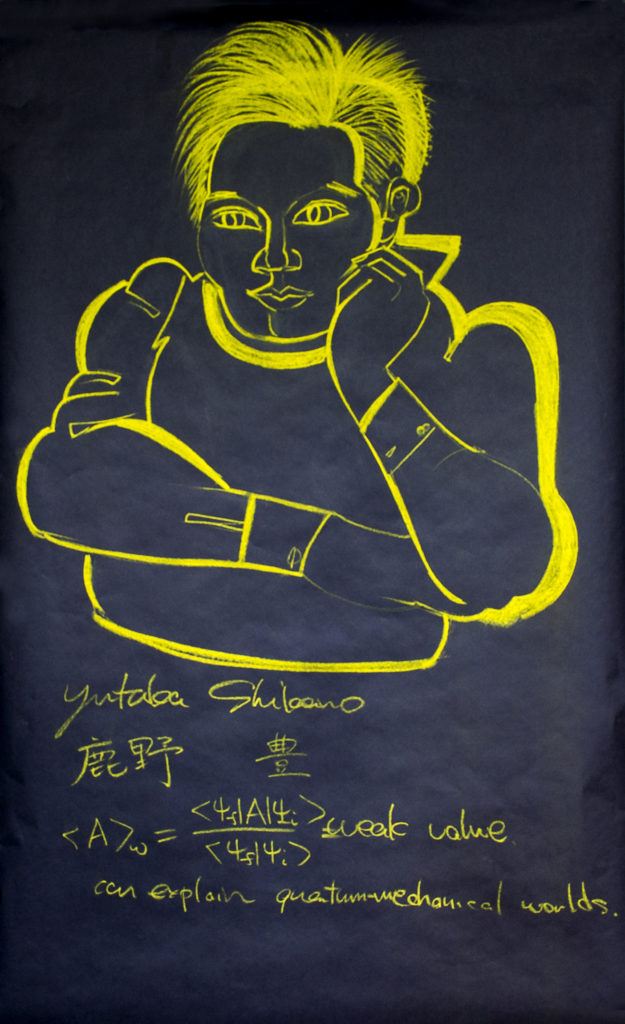
This is the weak value.”
Andrew Briggs, Professor of Nanomaterials, University of Oxford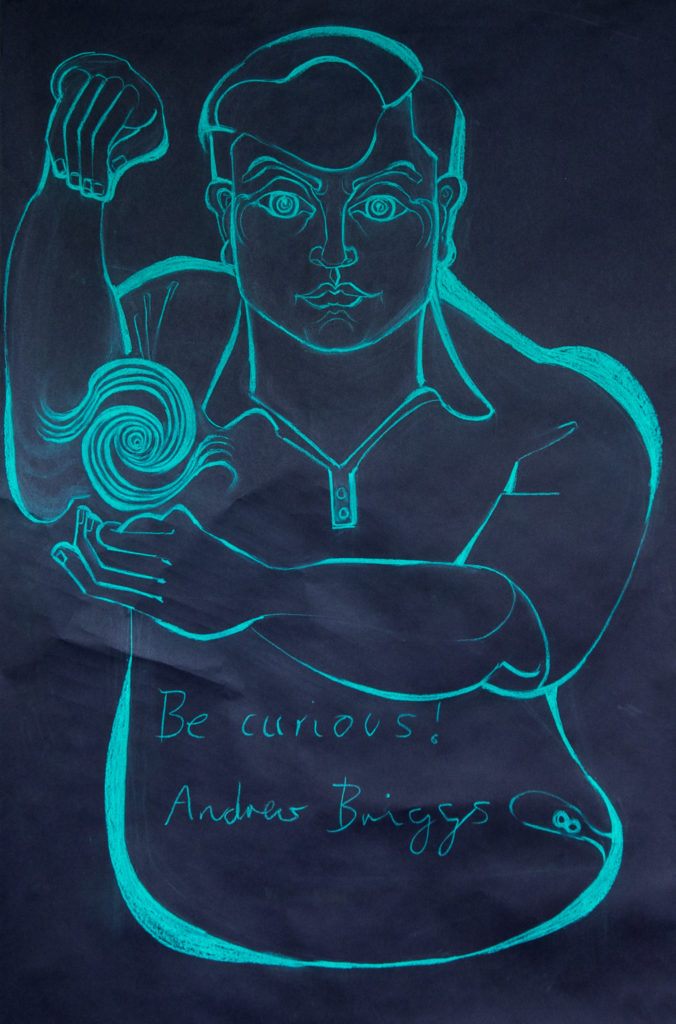
Francesca Vidotto, Radboud University
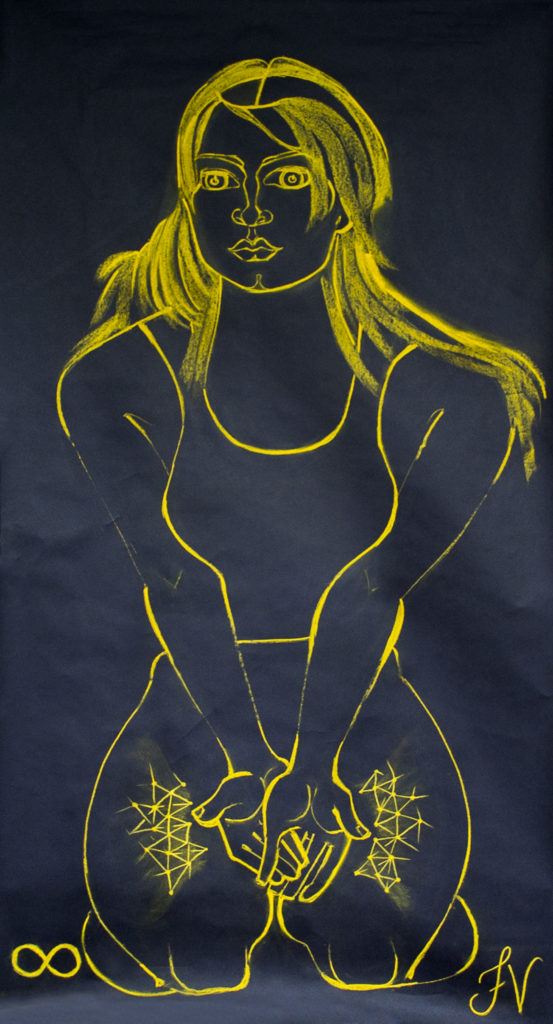
Ali Nayeri, Assistant Professor, Chapman University
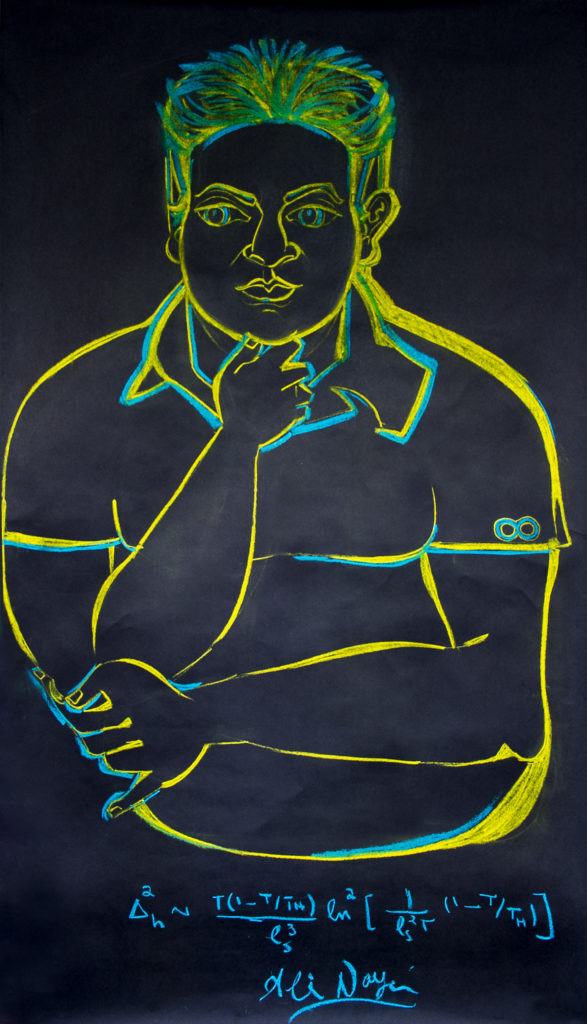
Matt Leifer, Assistant Professor, Chapman University

Aephraim Steinberg, Quantum physicist, University of Toronto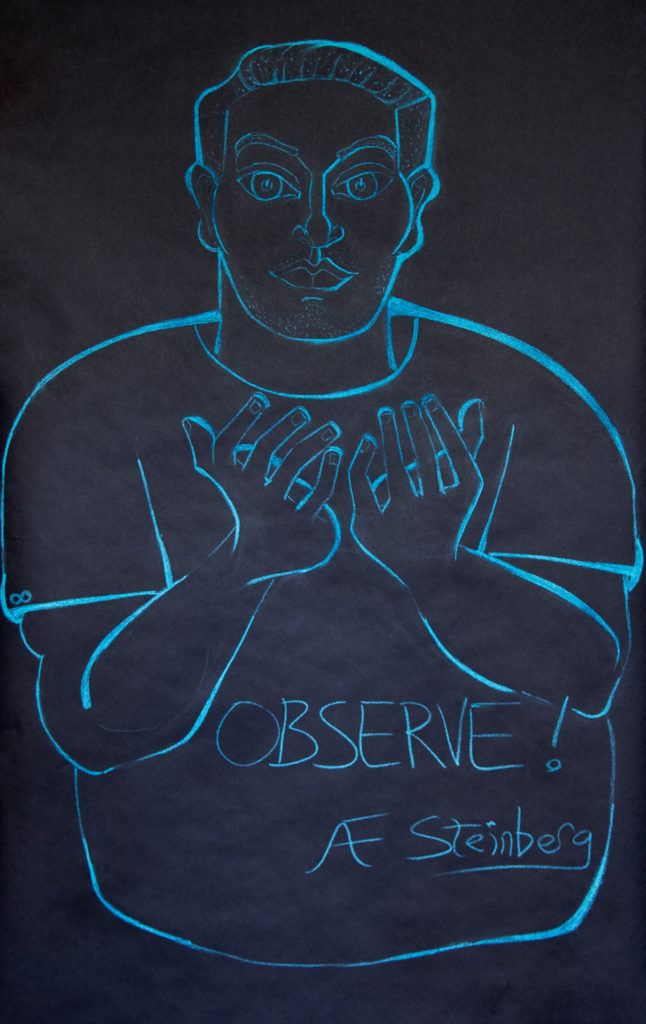
Avshalom Elitzur, Associate Professor, Israel Institute of Technology and Weizmann Institute of Science
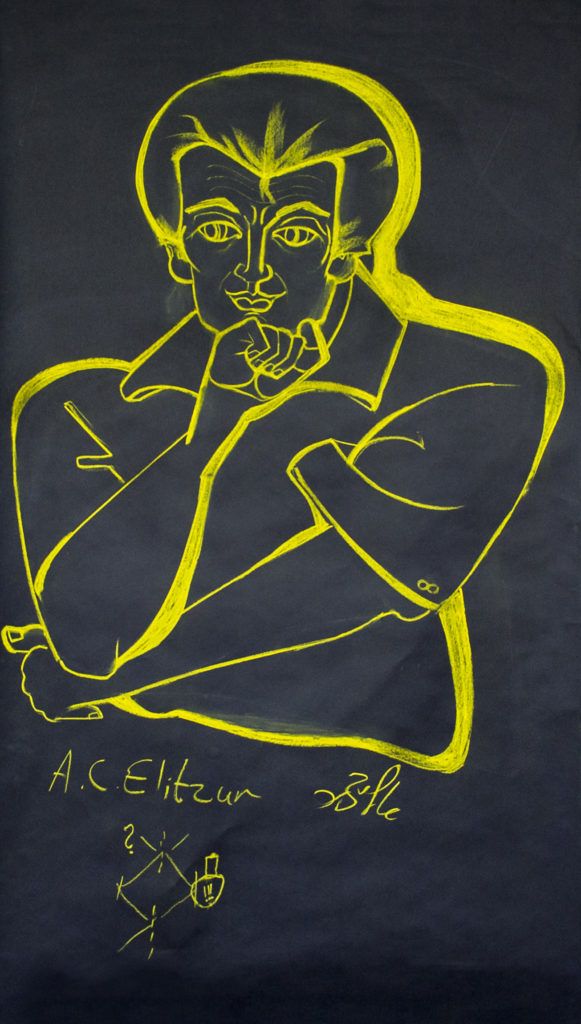
Armen Gulian, Chapman University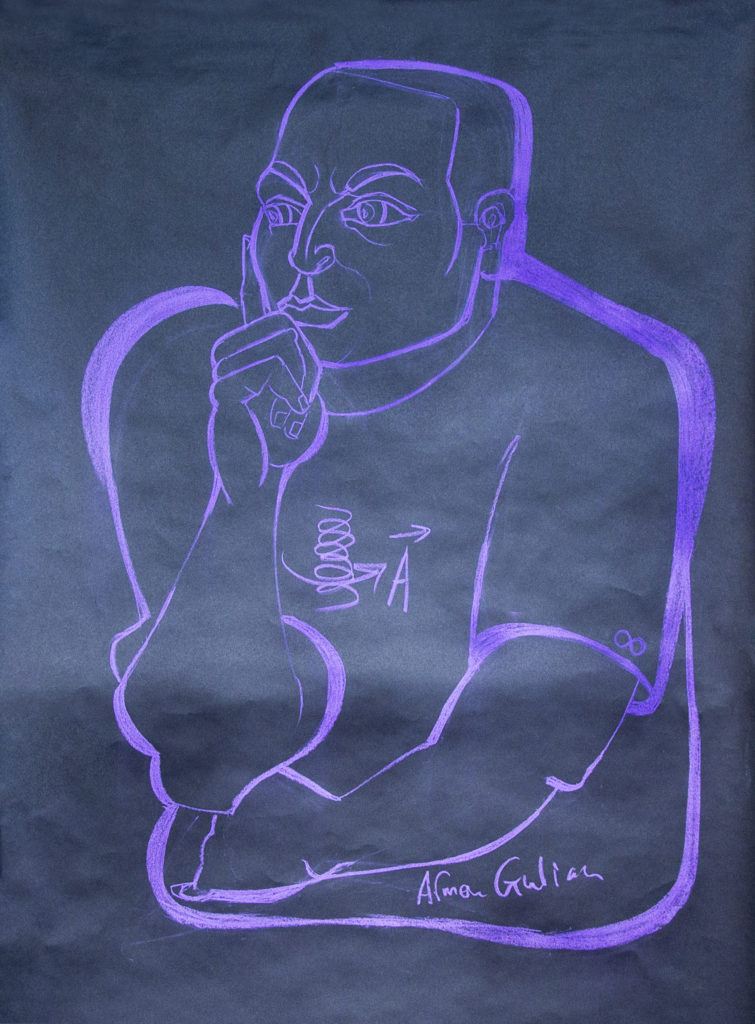
Robert Spekkens, Faculty member, Perimeter Institute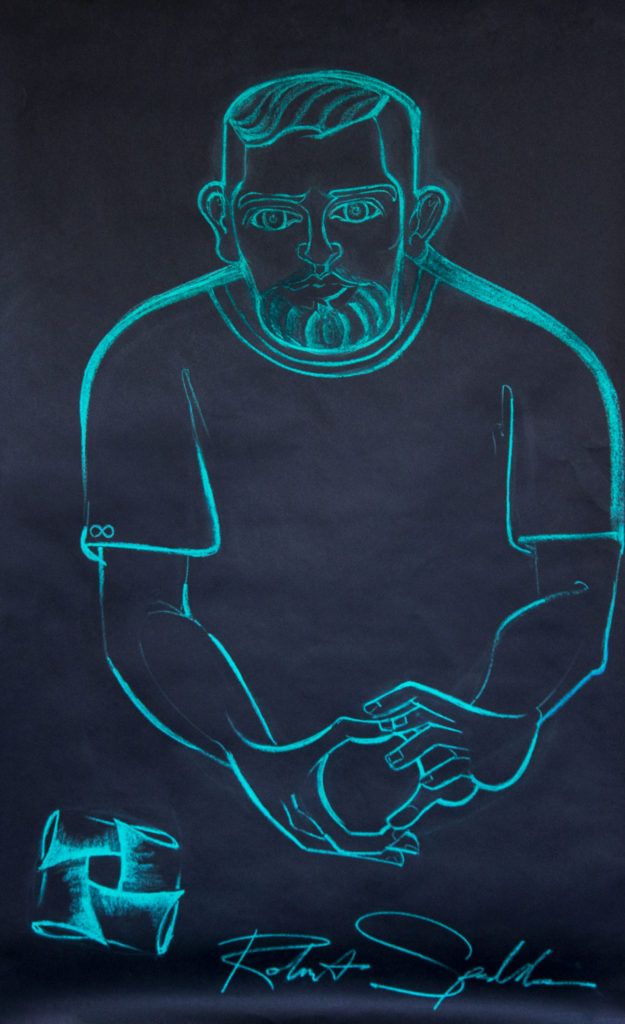
Lidia del Rio, University of Bristol





















































































